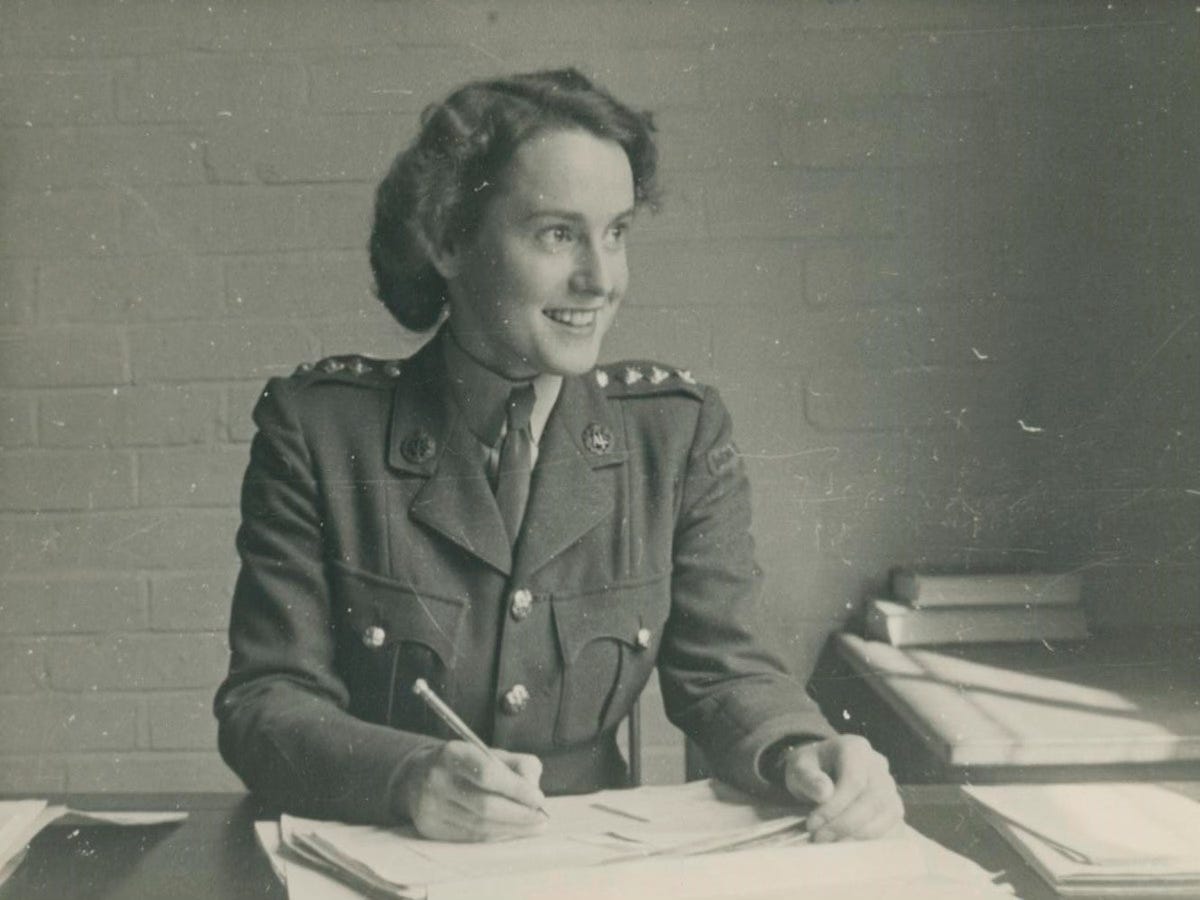When Wartime Women Triumphed Under Cover
Britain’s key female spies portrayed in new ‘hidden history’
Women in intelligence are having their moment. Avril Haines was recently appointed as the first female head of the U.S. intelligence community; in the newly published Sisterhood: The Secret History of Women at the CIA, Liza Mundy set out to document women’s contribution to America’s premier intelligence agency; Congress, at long last, is investigating the CIA’s handling of sexual assault. Now, with Women in Intelligence: The Hidden History of Two World Wars, Helen Fry adds her own data to the map, shining a light on the contributions of British women “intelligencers.” On behalf of women intelligencers past and present—yours truly was a former operations officer for the CIA— I say: thank you.

Fry’s work does justice to her subject matter: it’s prodigious—at times, dizzying. She has seemingly accomplished an impossible task: documenting every morsel of information about women working for MI5, MI6, and Britain’s various intelligence sub-agencies from WWI through WWII.
Spoiler alert: women did it all—coding and decoding, photographic interpretation, counterespionage and censorship, debriefing and turning POWs, smuggling allies and Jews to safe havens, penetrating subversive domestic groups, running agents behind enemy lines, even operating as heads of station. These women worked under cover out of passport offices, safehouses, on the home front. They traveled by train, plane, and parachute. They operated under dangerous conditions, typically with no diplomatic immunity, risking imprisonment, concentration camps, and death. And until British government files were recently declassified, this weighty female contribution was largely unacknowledged—and unknown.
Fry covers both well-trod territory and roads less traveled. She plunges into Edith Cavell’s Belgian spy network and La Dame Blanche resistance underground in World War I. She shines a light on the woman in World War Two who founded the only known intelligence network in Luxembourg, and the gals who identified the Germans’ Peenemünde V-1 site and cracked the Flordora code (for which a male colleague promptly tried to take credit).
Keep reading with a 7-day free trial
Subscribe to SpyTalk to keep reading this post and get 7 days of free access to the full post archives.



